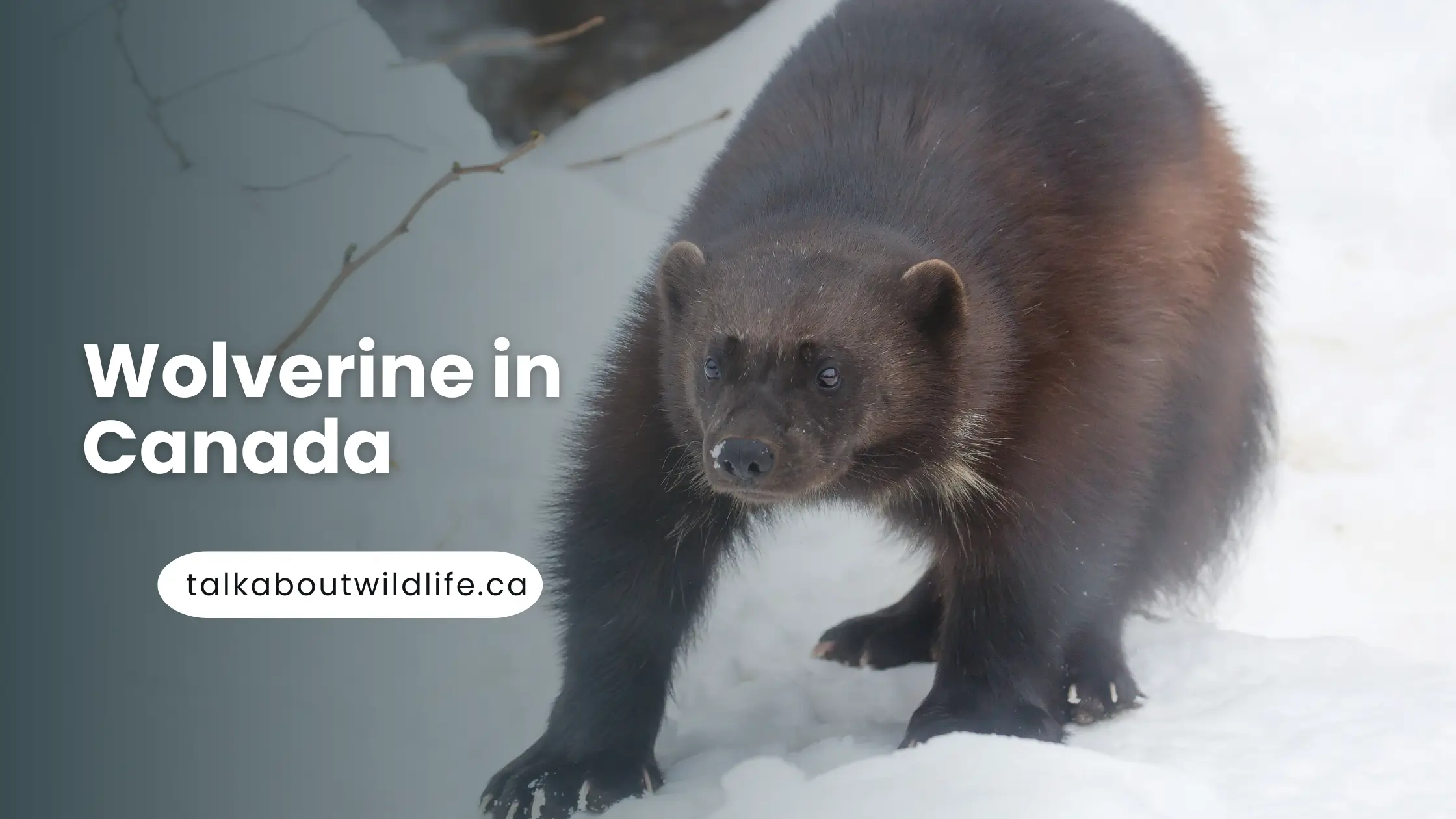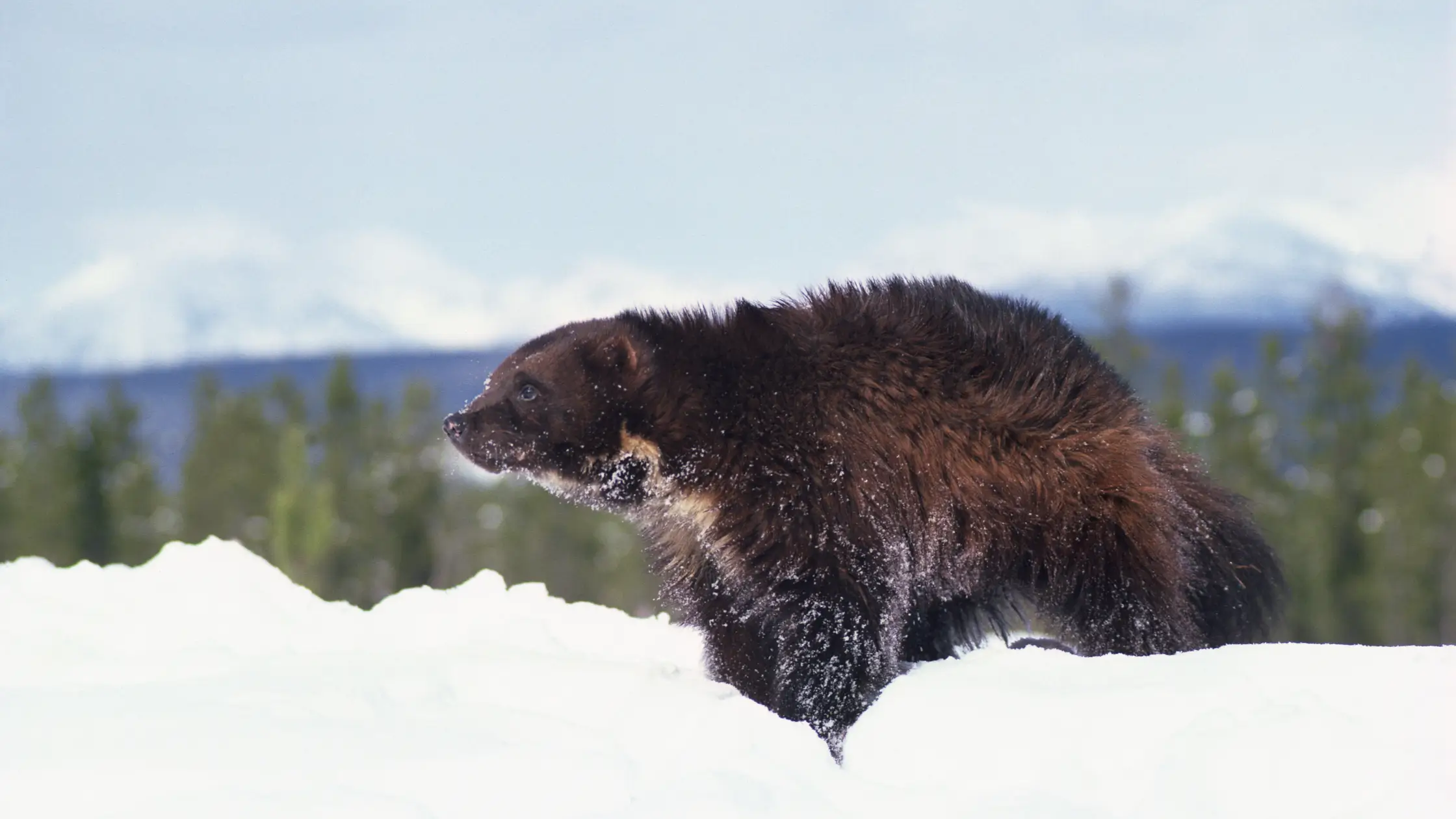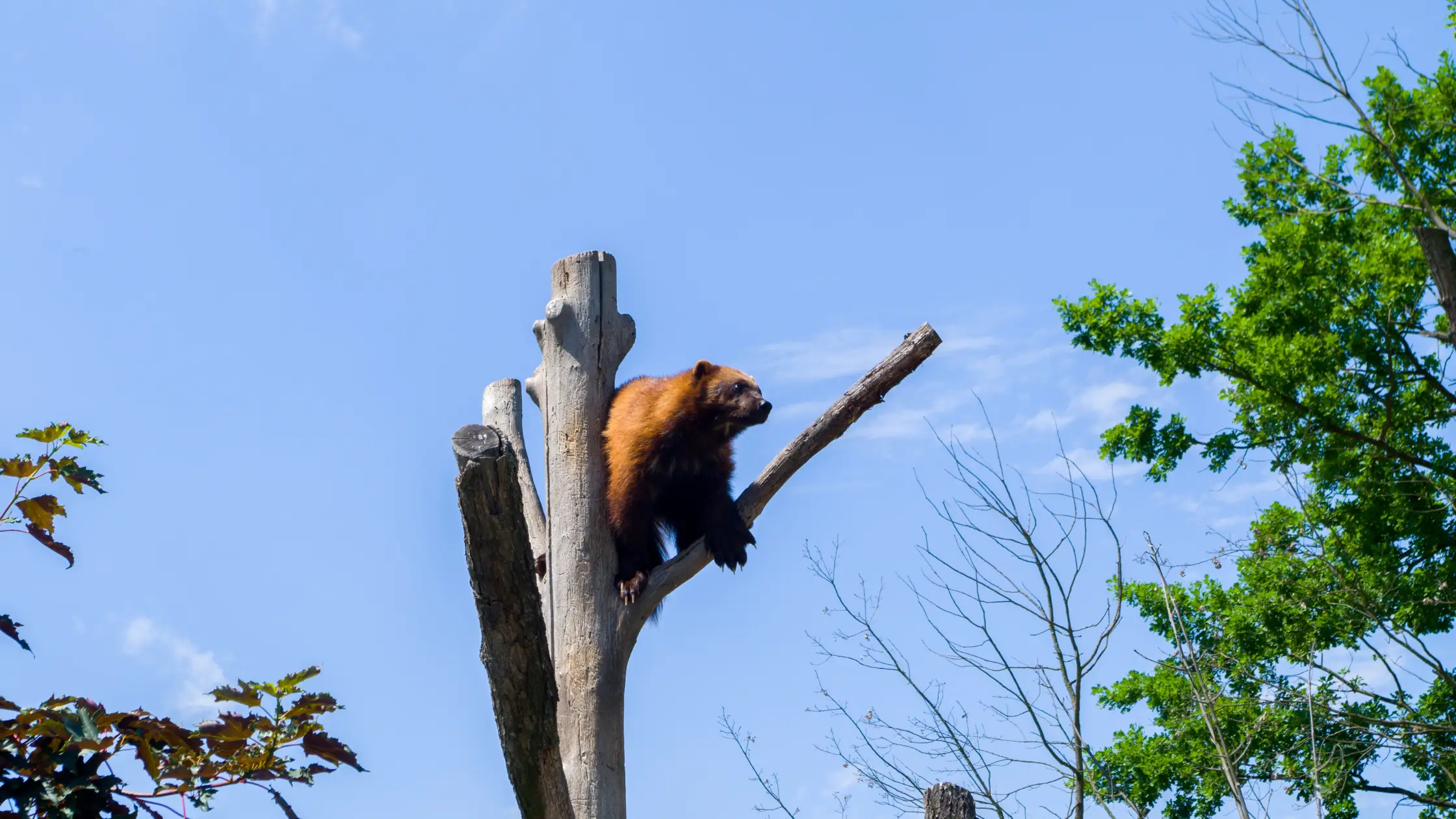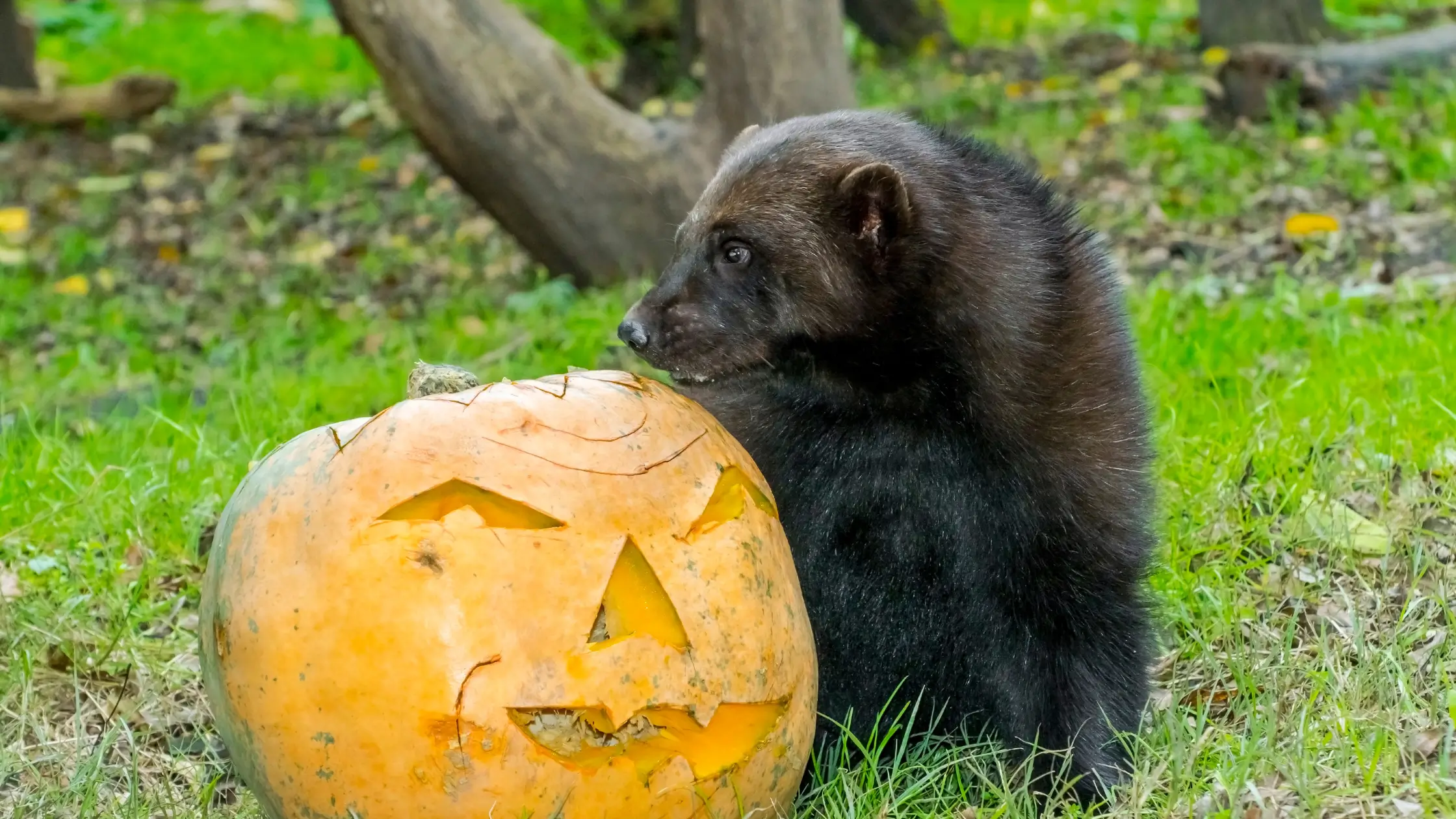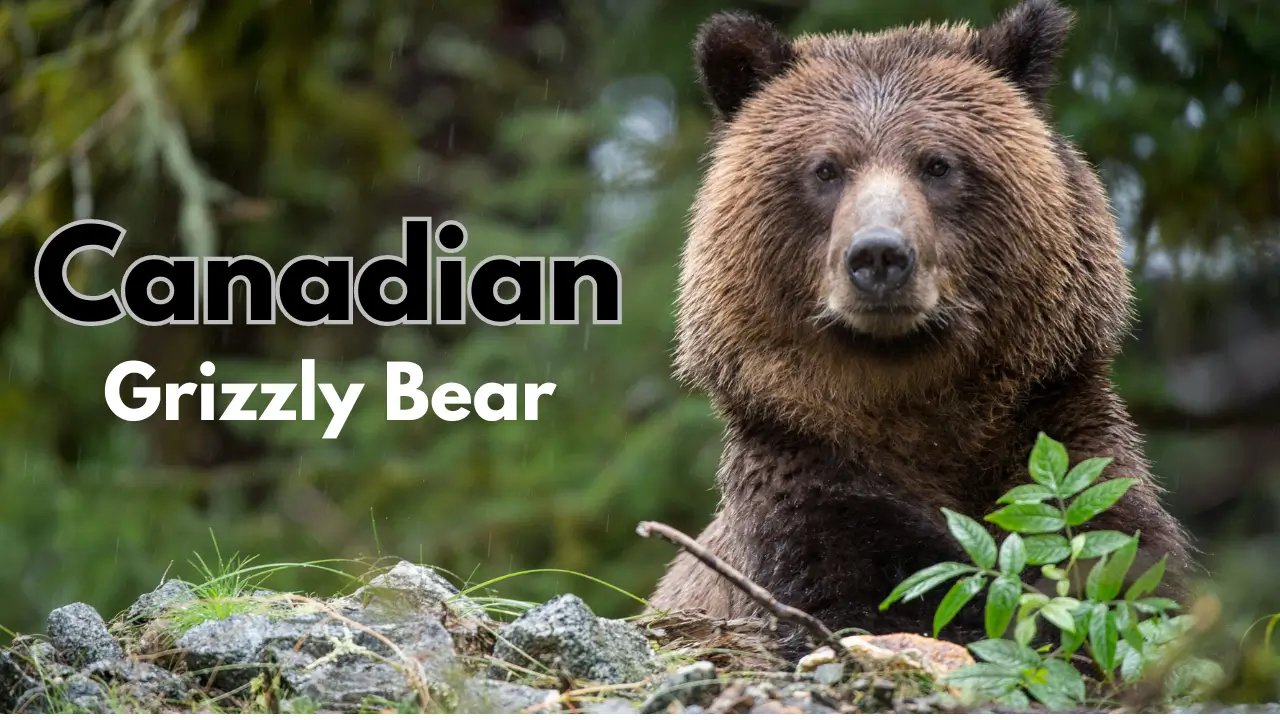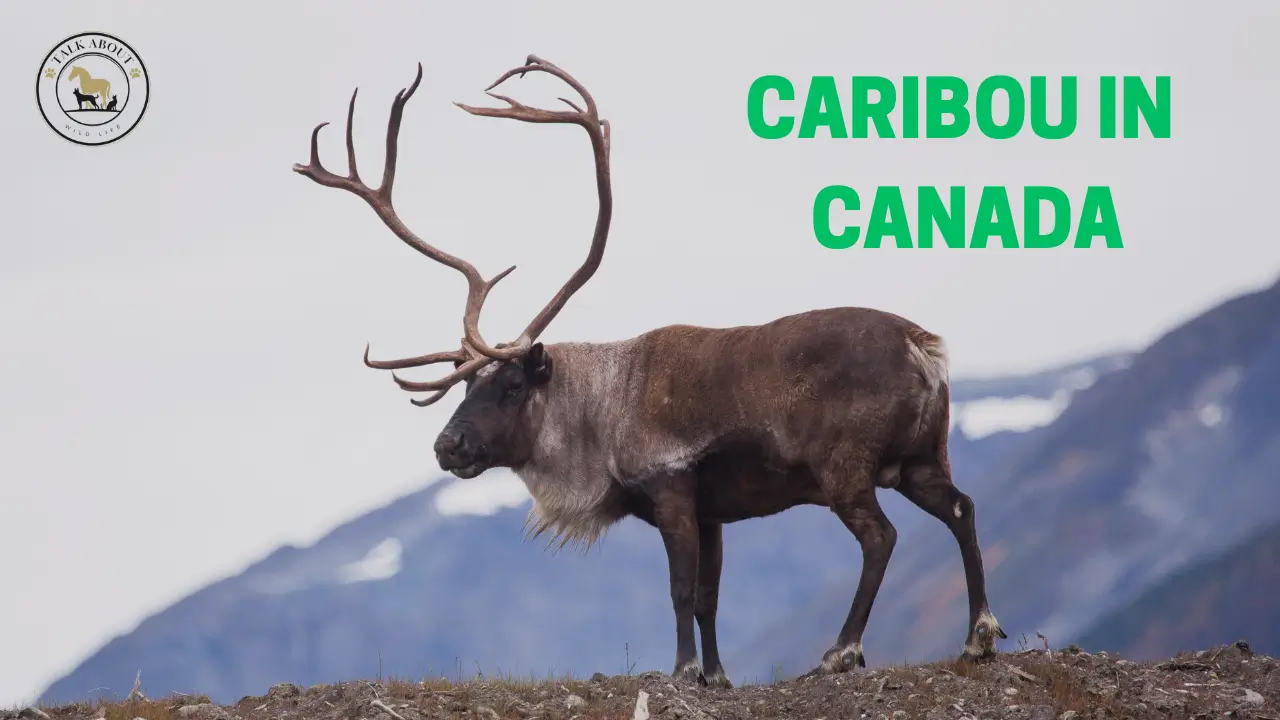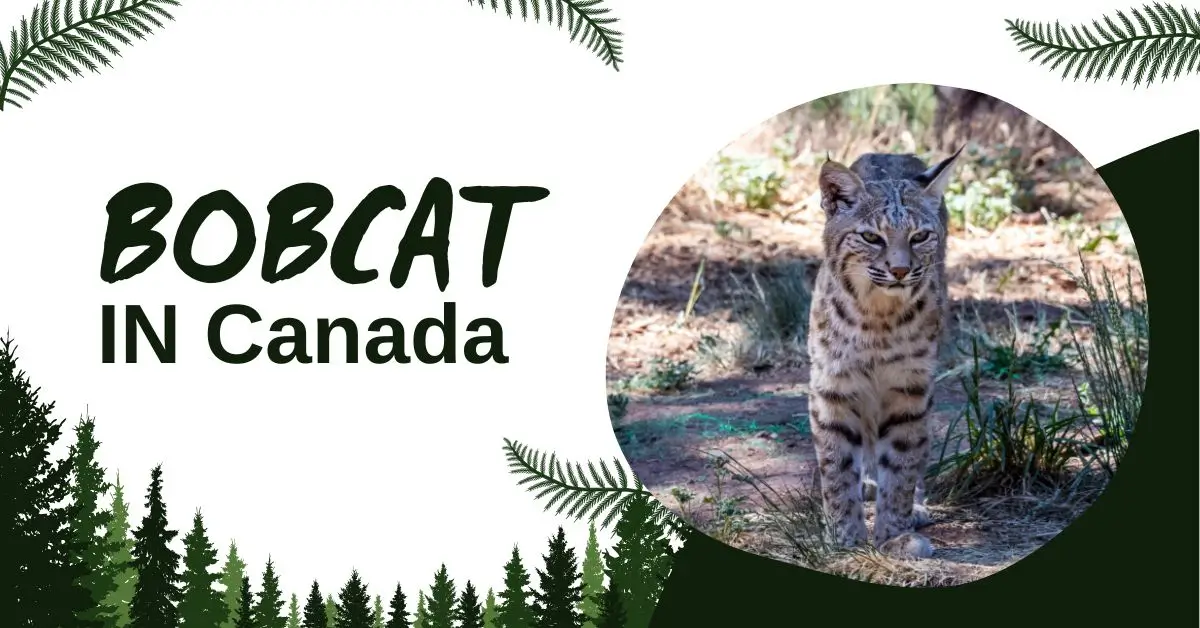The Wolverine is a tough, furry, strong, and fierce animal. It’s about the size of a dog but much stronger. It can hunt animals bigger than itself and live in cold places up north. They possess dense fur to stay warm along with blade claws for hunting and climbing. Even though they’re small, but still very brave and strong.
The Wolverine is a tough animal that lives in the cold parts of Canada. They are good at finding and catching food. They often walk far to look for things to eat.
Physical Features and Characteristics
The following are the major physical characteristics of this scary but beautiful animal which is a part of Canada’s wild;
| Features | Relevant Information |
| Scientific Name | Gulo gulo |
| Life Span | The average is around 17 years |
| Diet | Caribous, Mountain Goose, Moose, Marmots, Berries and some fruits |
| Length | Males are 1 meter long than females |
| Average Weight | Females weigh about 9 kg and males weigh about 14 kg |
| Other Names | Skunk Bear, Miniature Bear |
| Habitat | Dens in Arctic, Sub-Arctic, and Alpine areas |
| Status of specie | Endangered |
Interesting Facts About Wolverine in Canada
Here are some interesting facts about these animals that can grab your attention on the tour to visit the wildlife;
1. Arctic Adaptations
Survive in boreal forests and tundra because of adaptations like thick fur and snowshoe-like paws.
2. Aquatic Ability
Capable of crossing rivers which allows access to diverse habitats.
3. Snow Architects
Females create elaborate snow tunnels that are insulated and predator-safe kit nurseries.
4. Endurance Kings
Cover up to 15 km daily and hence considered one of Canada’s most mobile mammals.
5. Dietary Flexibility
Primarily carnivorous, but eat plants too which indicates adaptability for varied habitats in terms of diet.
6. Furry Fertilizers
Carry pollen in fur across vast distances and aid in plant’s genetic diversity.
7. Nature’s Freezer
Use snow to refrigerate scavenged meat which is critical for winter survival.
8. Crushing Power
Incredibly strong jaws and teeth for crushing frozen meat and bones easily.
9. Climbing Champions
Excellent climbers of trees and slopes. They access food and dens in tough spots.
10. Predator Challengers
Challenge larger predators for food and are known to confront bears and wolves.
Ideal Places for Sightseeing of Wolverine in Canada
Some places in Canada are known to inhabit wolverines and are the places for major sightseeings;
| Direction of the Country | Places Where Wolverines are Found |
| Eastern Side | Ontario, Quebec, and Labrador |
| Western Side | British Columbia and Alberta |
| Central Territory | Manitoba and Saskatchewan |
| Northern Territory | Yukon, Northwest Territories, and Nunavut |
Pro Tip: They are mostly clustered in boreal forests, mountainous regions, and the northern areas of each territory.
Best Time to See Wolverine in Canada
The best time for visiting the Wolverine in Canada is in the months of winter because it is their season to roam and hunt actively.
| Season | Months for Sightseeing |
| Late Winter to Spring | February to April |
| Winters | December to January |

